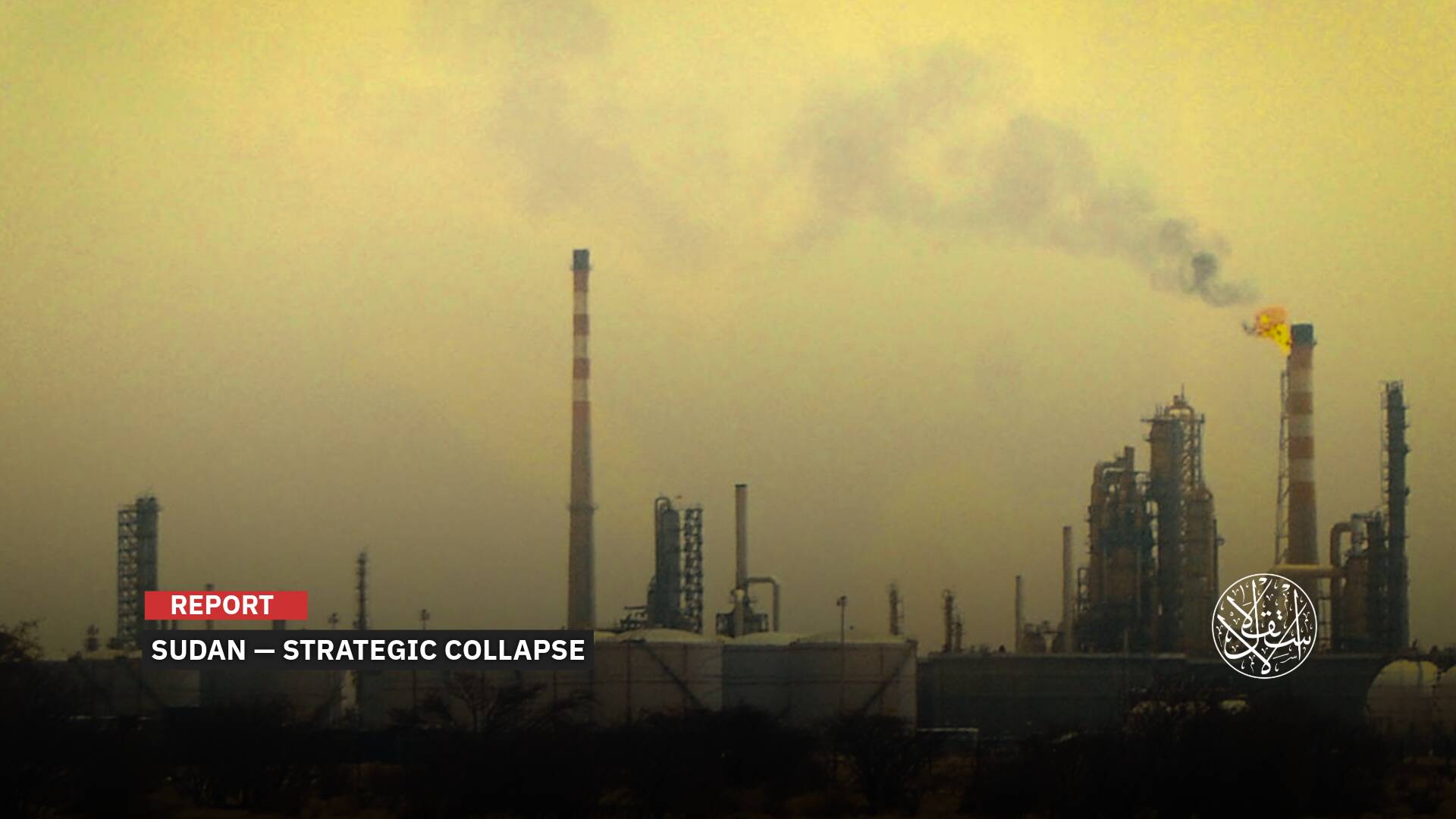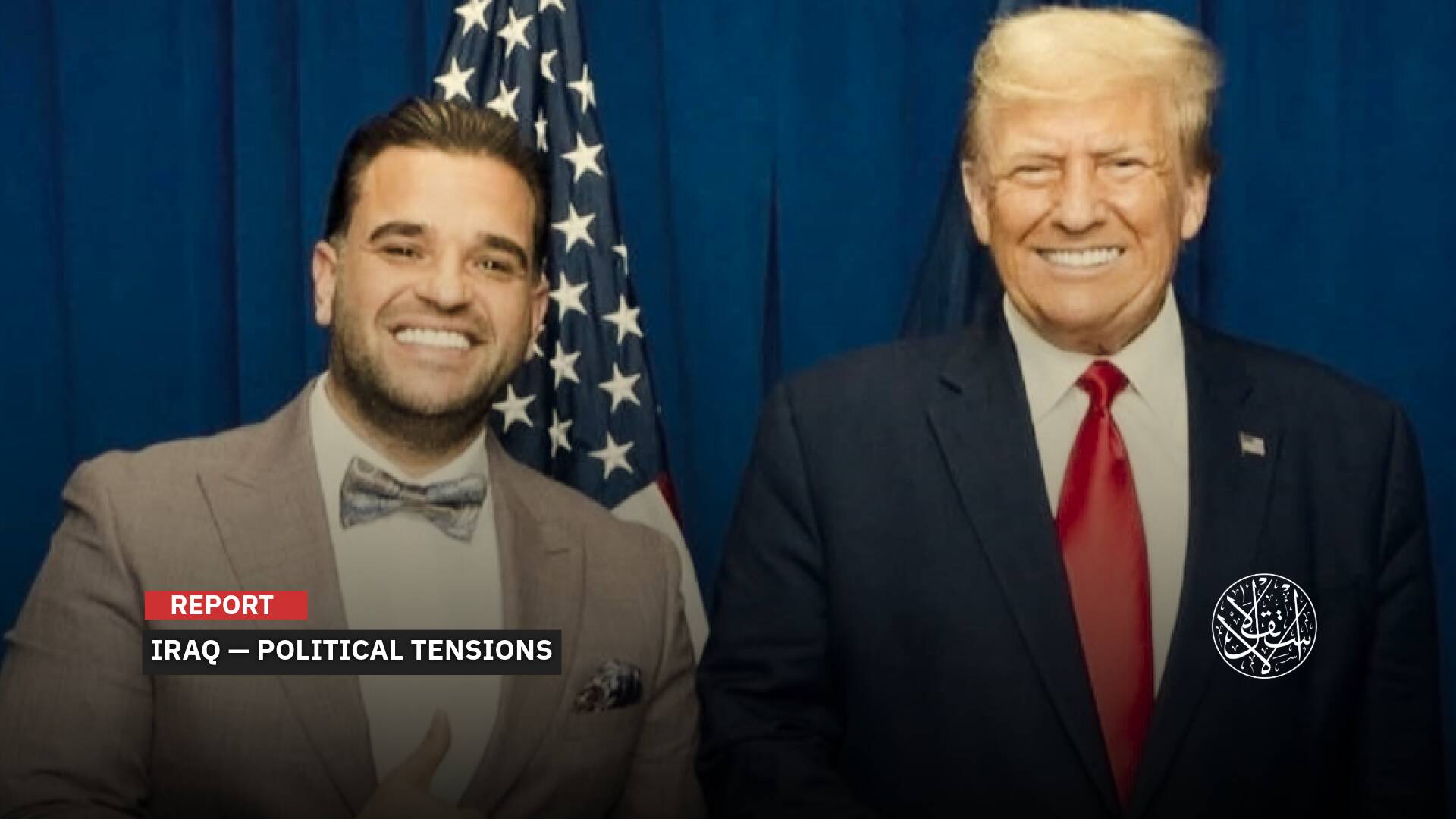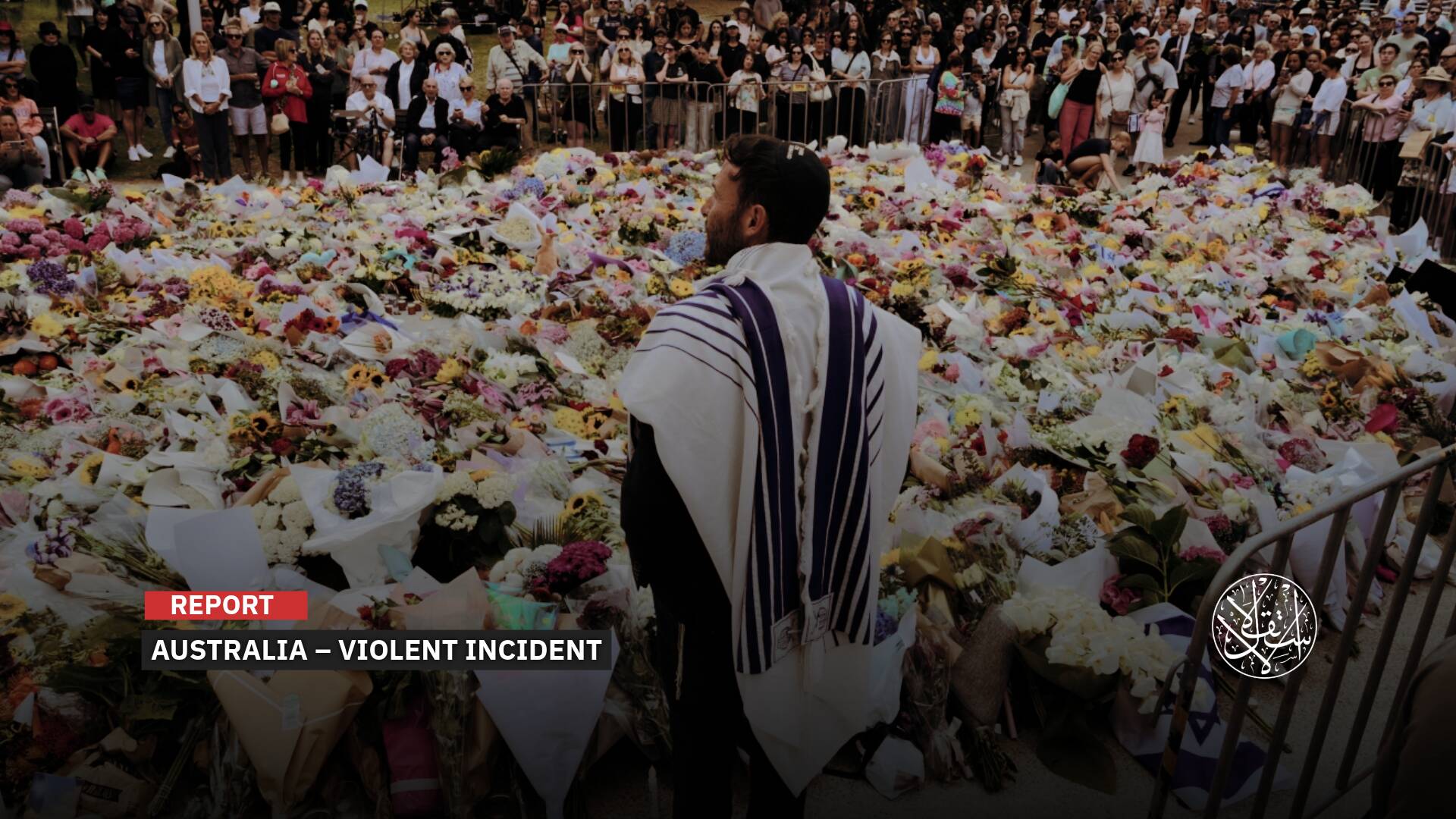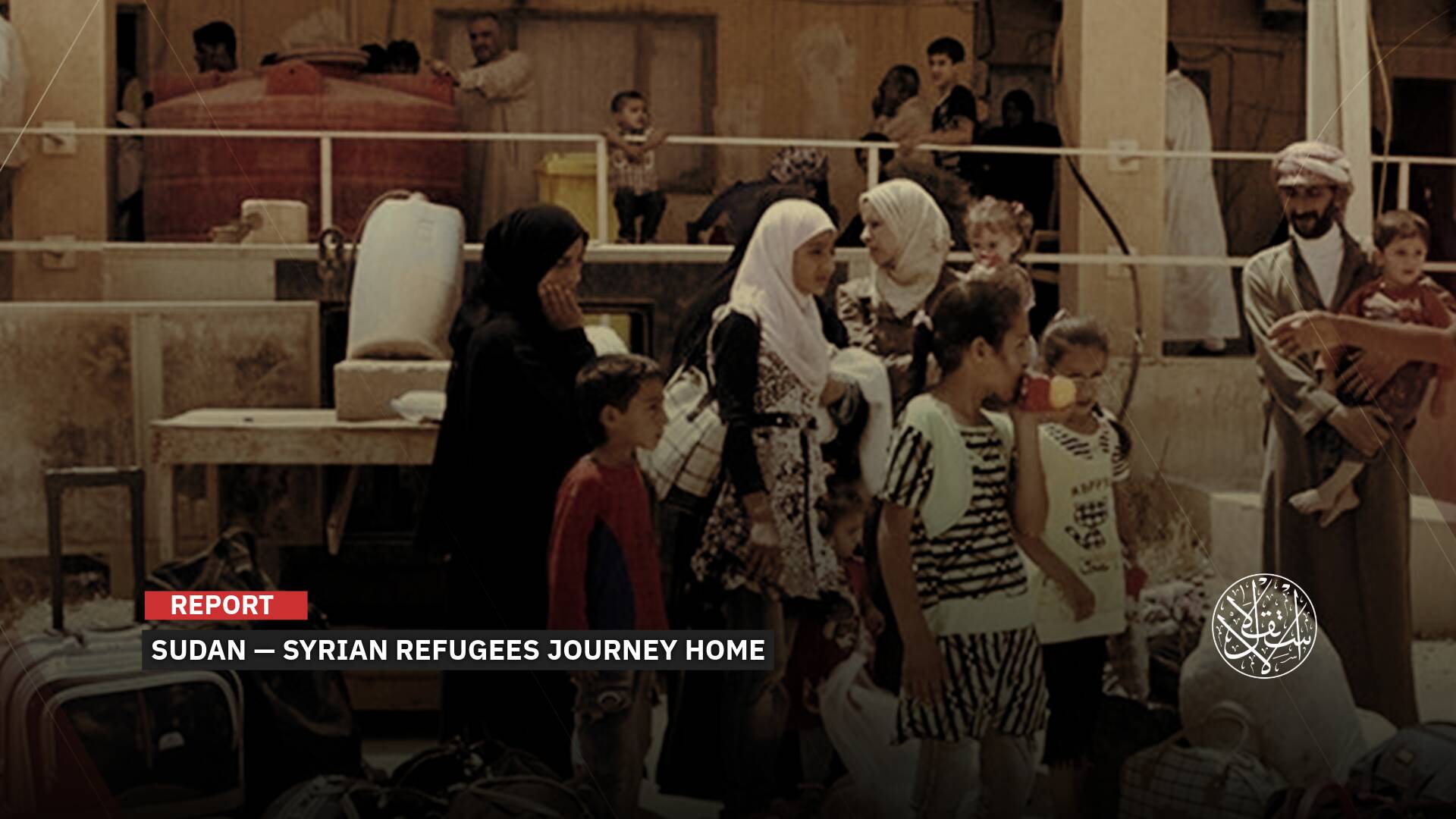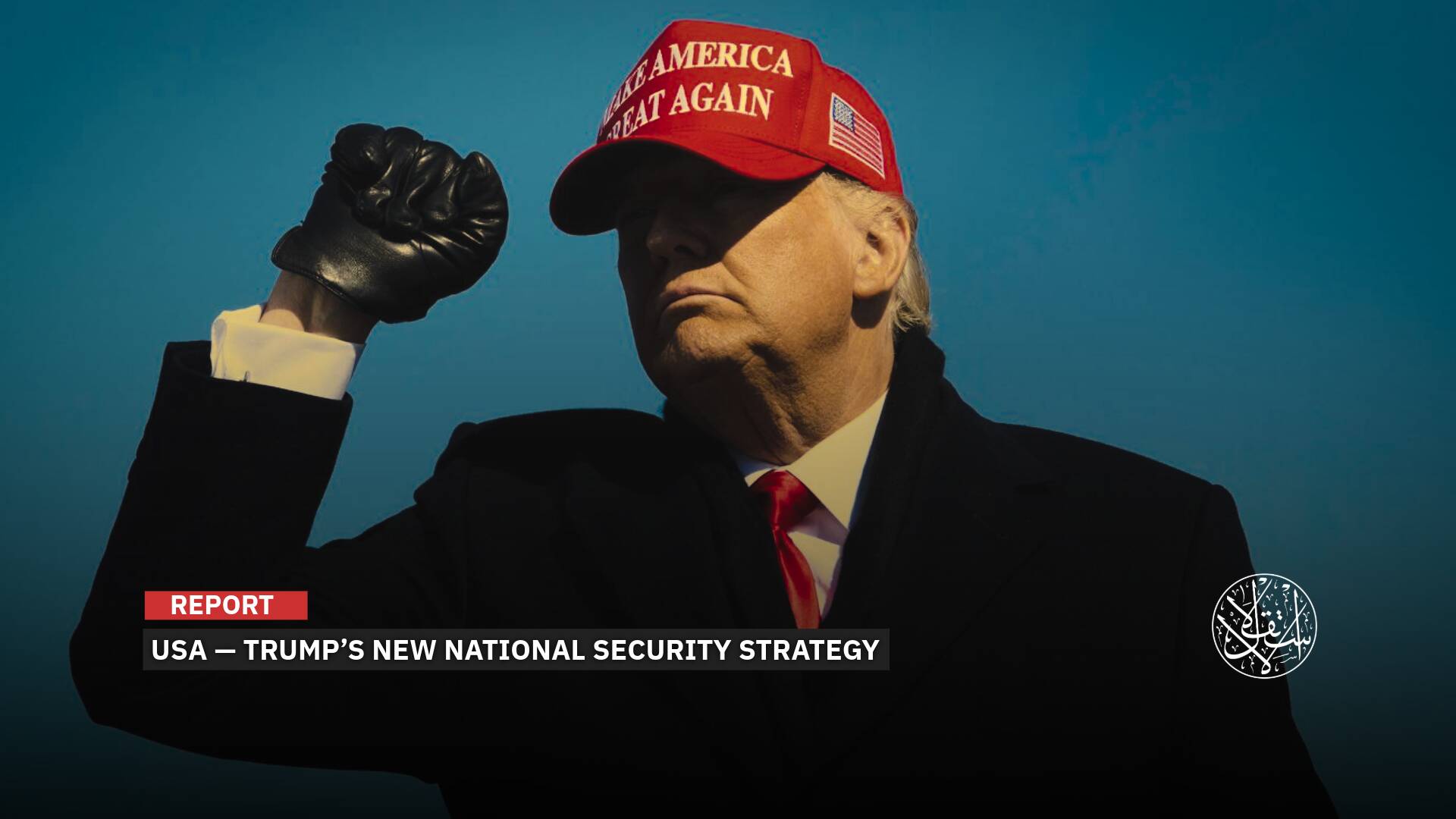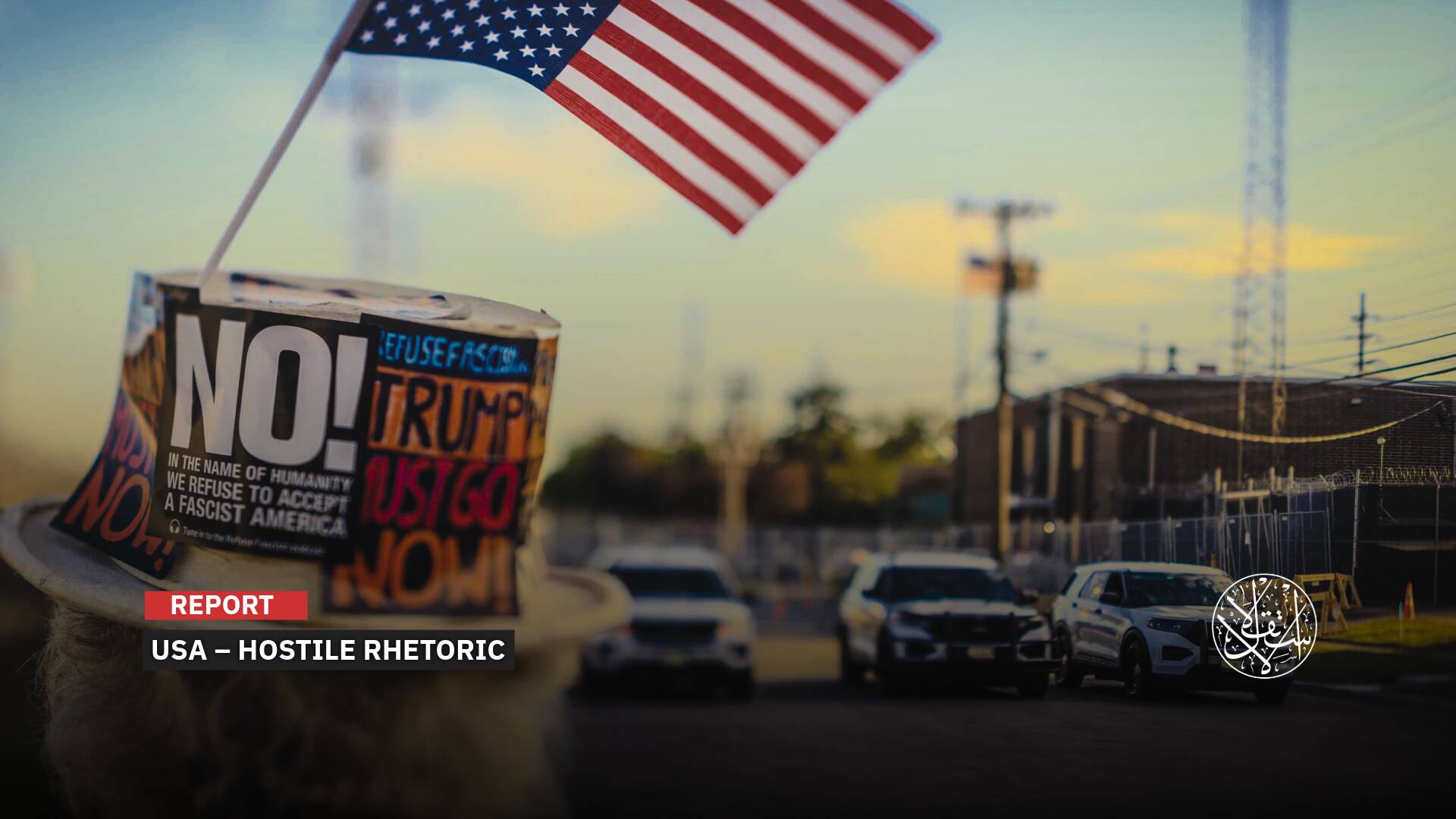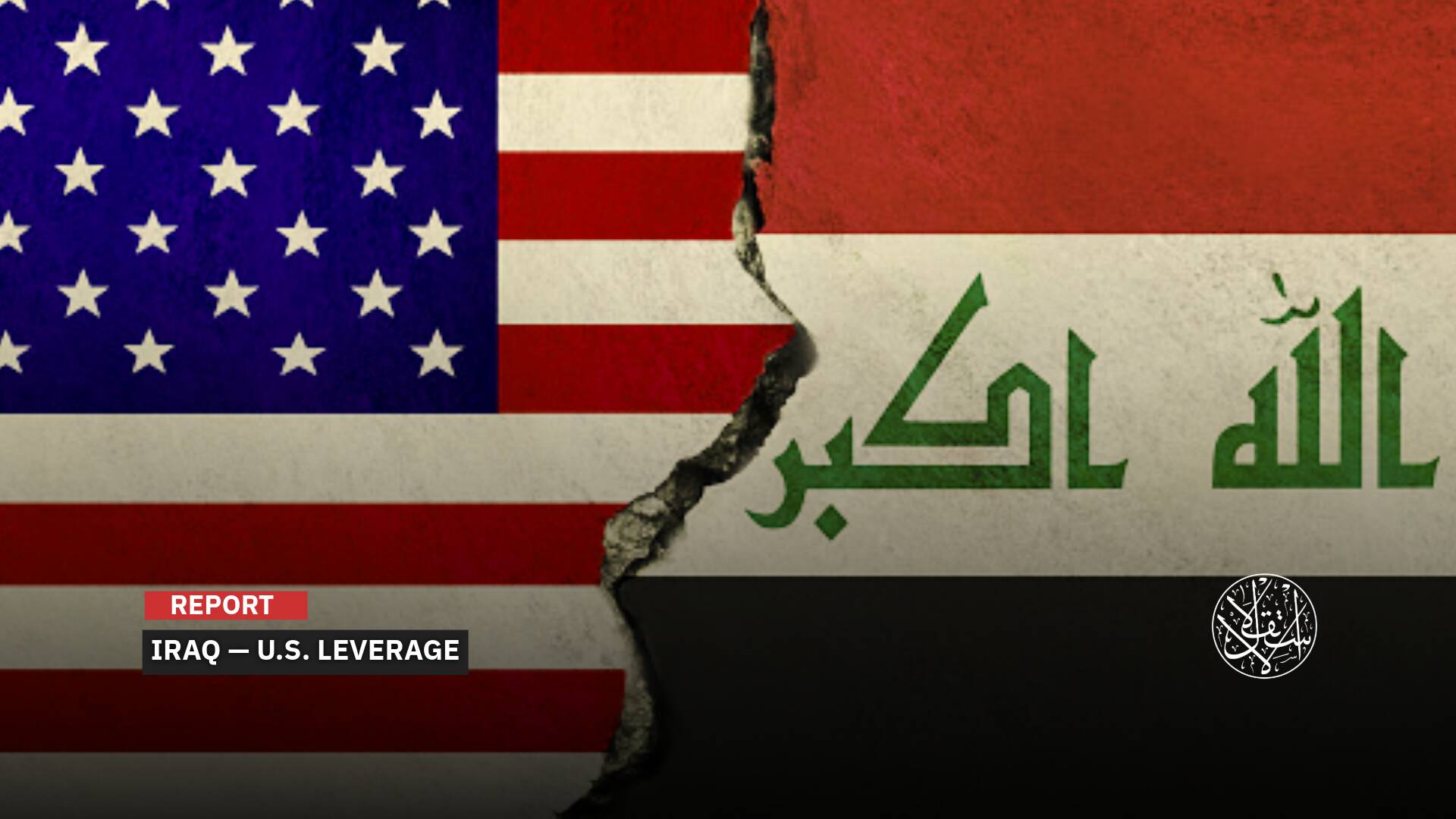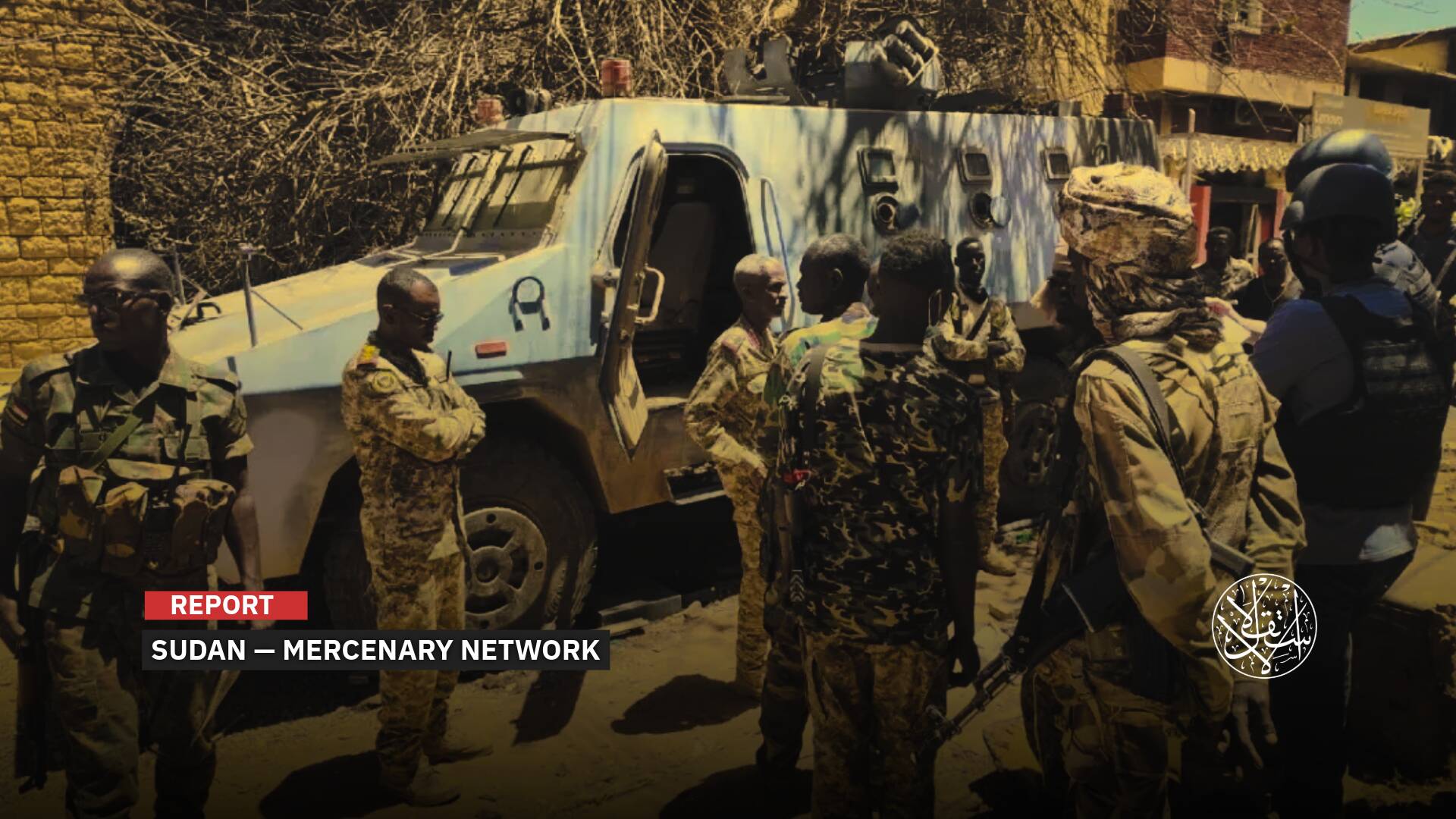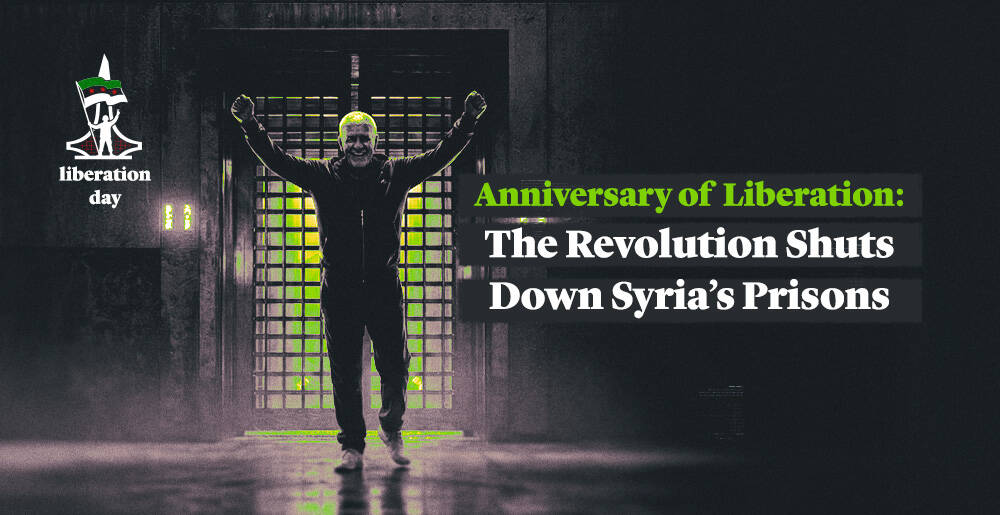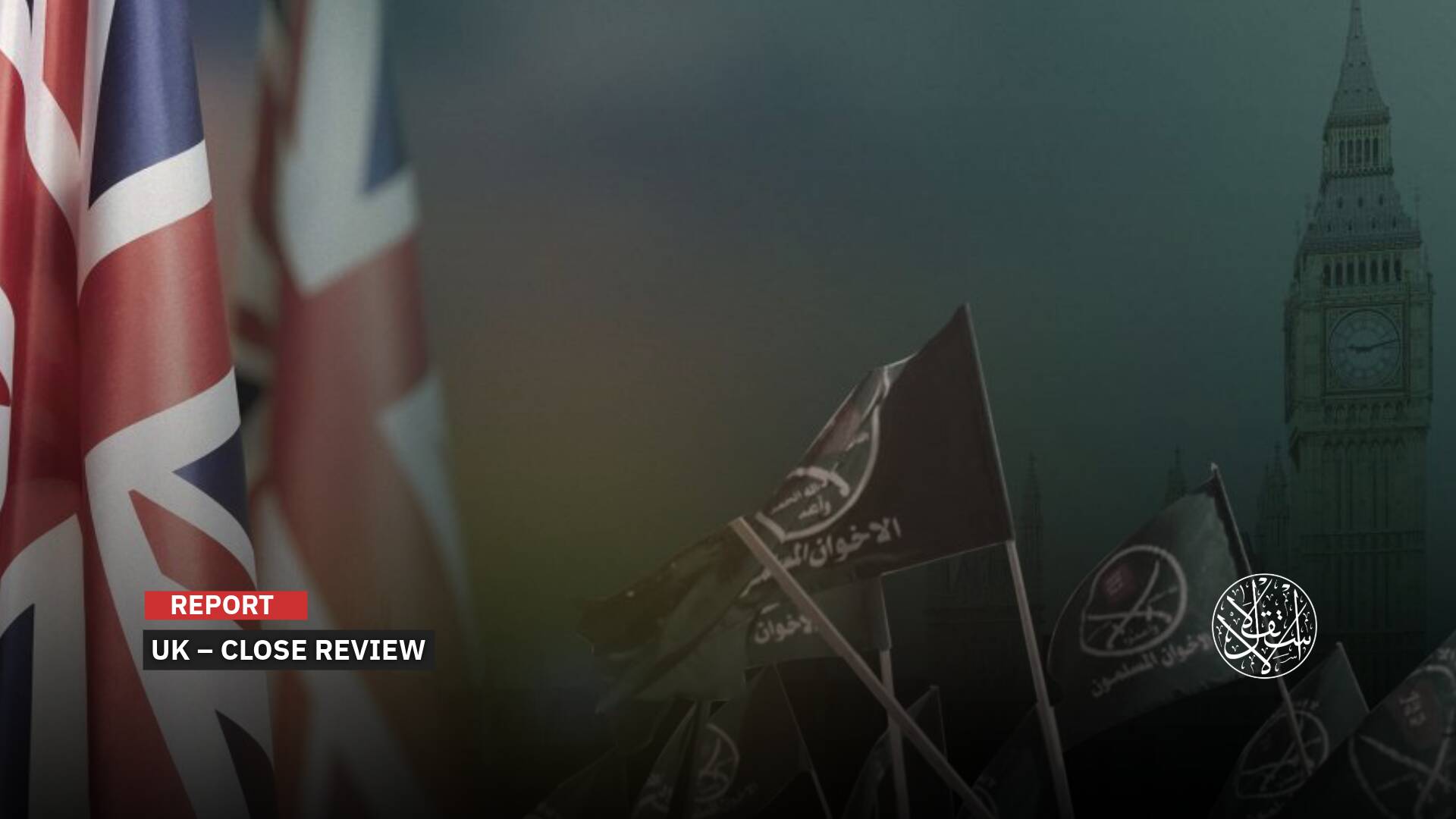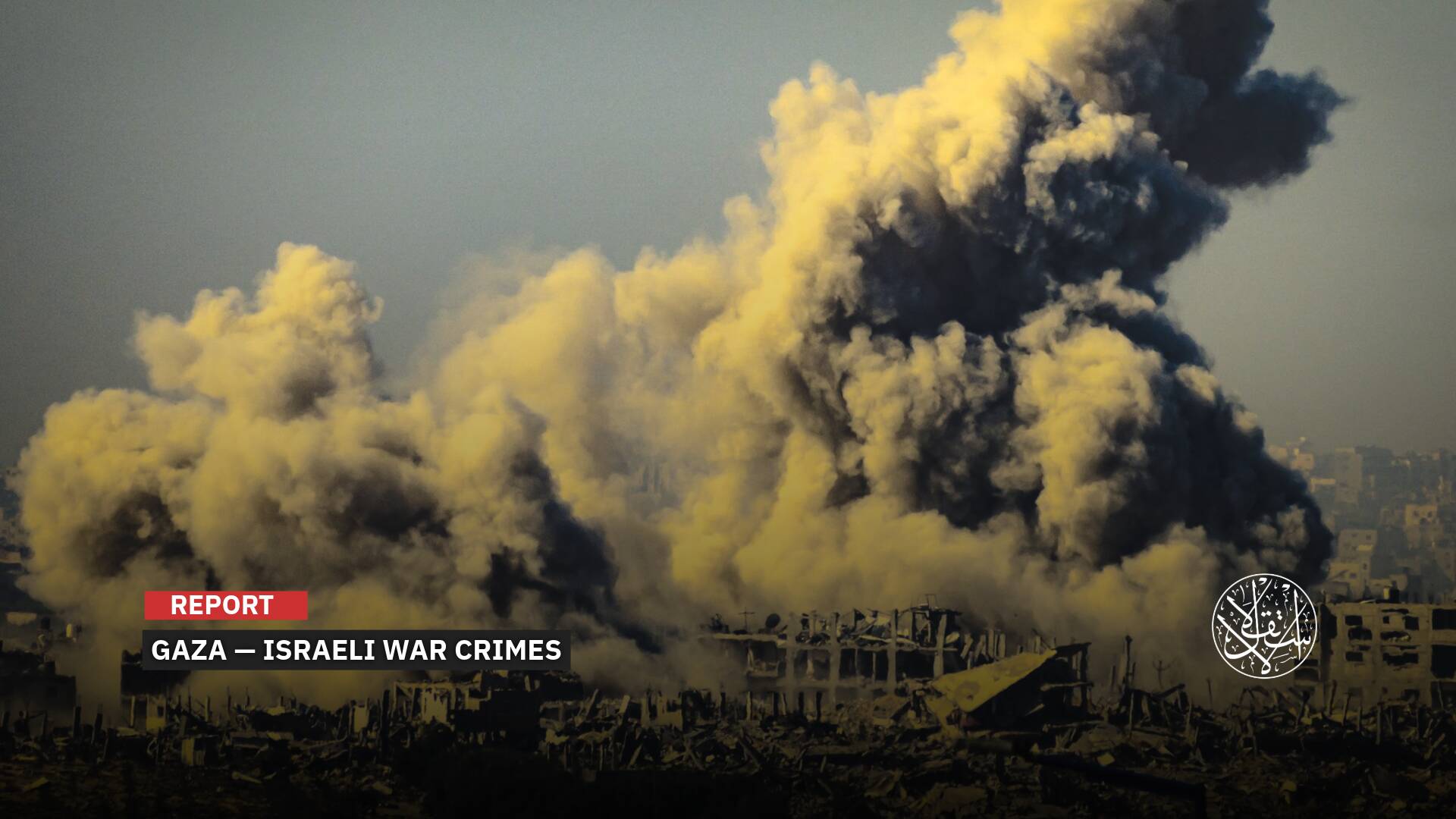Amending Iran's Protest Law: Recognition of Rights or Escalation of Repression?

Authorities in Iran remain on alert even during football matches, fearing they may turn into protest grounds.
The new Iranian government is working to amend the ‘Protest Law’ to empower security forces to control demonstrations and curb demands with a politically critical stance against the authorities.
Despite its crackdown on political movements, the regime is moving to tighten its grip on dissent by revising the law to prevent future anti-government protests.
This heightened control follows the September 2022 protests triggered by the death of Kurdish woman Mahsa Amini at the hands of Iran’s morality police—also known as Gasht-e-Ershad (guidance patrol)—for allegedly violating the mandatory hijab rule, resulting in hundreds killed and detained.

‘Organizing Protests’
As daily protests persist across various groups in Iran, government spokesperson Fatemeh Mohajerani announced on November 22, 2024, that President Masoud Pezeshkian's administration might, for the first time since the so-called “1979 Islamic Revolution,” acknowledge the right to protest.
Speaking to media in Tehran, Mohajerani expressed the government’s positive outlook on amending the law but stressed the need for revisions that ensure freedom to organize protests, albeit “in a different way.”
While Mohajerani’s remarks seem optimistic, opposition figures remain skeptical, citing ambiguity in Article 27 of Iran’s constitution, which allows assemblies and marches “without arms, and provided they do not violate Islamic principles.”
In practice, however, the constitutional right to peaceful protest remains unenforced for gatherings critical of the government. Permits are often granted exclusively for pro-regime rallies on issues like Palestine or religious and political events. Conversely, ordinary citizens, including students, workers, and teachers, are denied permits, and their protests are labeled “unauthorized,” giving authorities a pretext for suppression and arrests.
The Iranian regime remains hesitant to legislate clear protest laws, fearing that demonstrations could escalate political and economic demands. Recent years have seen protests sparked by issues ranging from service shortages to soaring prices, with mounting dissatisfaction over dire economic conditions.
In a recent interview, Mohajerani reaffirmed the government's recognition of the people's right to protest and the parliament's role in amending the law. She declined to disclose specific provisions requiring revision.
Addressing the government’s approach to political protests, Mohajerani confirmed that a previous administration had drafted a bill on organizing lawful gatherings, now under review by the Interior Ministry and parliamentary committees.
Iranian media interpreted this as preparation for potential political unrest, particularly in Tehran, amid major political or economic shifts or even high-profile football matches.
Media reports have speculated that the Iranian government is preparing to counter potential political protests in the future through a forthcoming protest law, according to Iran International on November 22, 2024.
Currently, the Iranian government faces international pressure to engage in new nuclear talks, alongside domestic concerns about the possibility of additional sanctions from U.S. President Donald Trump, particularly targeting the oil sector, which is the backbone of Iran's economy.
The government fears that renewed tensions with the West could embolden opposition groups and marginalized communities to amplify their dissent, destabilizing the internal climate.
This comes as widespread dissatisfaction grows over power outages, rising prices, and protests by retirees and teachers demanding overdue salary adjustments.
‘Arrangement of Fraud’
Despite repeated discussions on public protests, neither the 12th nor the 13th administrations succeeded in passing protest-related legislation.
To date, no political protests have been legally organized in Iran. Political activists across the country have emphasized the need for a dedicated law governing peaceful assemblies and protests, along with clear regulations for implementation.
Observers suggest that the Ministry of Interior’s refusal to authorize political protests stems from the heightened intensity of protest slogans, which the Iranian regime finds threatening.
Some believe that any future protest law will likely be designed to grant security forces tight control, restricting protests to specific locations and dates to prevent spontaneous uprisings.
Authorities are particularly concerned about the diverse demographic makeup of protesters, spanning social classes from the poor to the wealthy, with women playing a significant role in these demonstrations.
The widespread nature of protests and the variety of demands reflect deep structural problems and corruption within Iran's government institutions.
Uncertainty over Iran’s future fuels public frustration, with many turning to the streets as a platform to voice grievances. Unemployment and a deteriorating economy are especially impactful on the country’s youth, exacerbating social tensions.
Former President Hassan Rouhani’s administration attempted to amend Iran’s protest laws. Following the 2019 protests—sparked by a sudden fuel price hike—Rouhani called for legislation to permit peaceful demonstrations. This came after security forces violently suppressed the protests, resulting in hundreds of deaths and numerous arrests.
However, Rouhani’s proposed amendments were rejected, both during his presidency and that of his successor, Ebrahim Raisi. Recently, parliament has revisited the proposal.
After the 2019 protests, Rouhani’s administration suggested establishing designated spaces for peaceful protests, modeled after Hyde Park in London. The plan was, however, rejected by Iran’s administrative judiciary.
Political activists argue that Iranian governments only entertain the idea of peaceful protest legislation in the aftermath of significant social unrest, abandoning such plans once the protests subside.
Delays in passing protest-related laws and the Interior Ministry’s reluctance to grant protest permits are attributed to the slogans raised during the 2019 and 2022 protests.
These chants targeted Supreme Leader Ayatollah Ali Khamenei and the broader Iranian regime, with some calling for the monarchy's reinstatement, which the 1979 Islamic Revolution had overthrown.
Protesters chanted slogans like “Death to Rouhani” and “Death to the Supreme Leader Ayatollah Ali Khamenei,” highlighting the depth of opposition to the regime’s authority.

Repression of Freedoms
In recent weeks, small groups of dissidents have gathered outside the Supreme Council of Cyberspace in Tehran, demanding the removal of restrictions on foreign social media platforms and apps while chanting anti-government slogans. These demonstrations, however, lack authorization from Iran's Ministry of Interior, which routinely denies permits for such protests.
In response, Rasul Jalili, a member of Iran’s Cyberspace Council, stated on November 21, 2024, that contrary to media and political narratives, the government has no intention of lifting bans on “foreign platforms without adhering to structured legal governance.”
Iran enforces stringent internet restrictions, occasionally throttling or shutting down services altogether, citing national security concerns. These measures have significantly impacted the country’s global ranking in internet speed.
Over the past decade, Iran has blocked Facebook during the 2009 “Green Movement” protests against election results, Telegram and Twitter (now X) in 2019, and WhatsApp and Instagram in 2022. Efforts by these platforms to comply with Iran's demands have stalled, leaving them inaccessible to the public.
Observers assert that Iran deliberately imposes onerous conditions on these companies to maintain the bans, as unrestricted platforms are seen as critical in exposing the regime's suppression of freedoms.
The protests following the death of Mahsa Amini in September 2022 marked a turning point in censorship policies, with heightened restrictions on social media and internet access. As a result, an overwhelming number of Iranians resorted to virtual private networks (VPNs), which have become a lucrative business in the country.
Ironically, several Iranian officials use circumvention tools to update their accounts on platforms like X and Instagram.
The Mahsa Amini protests were met with brutal crackdowns, with the Oslo-based Iran Human Rights organization reporting over 500 protesters killed by security forces. At least 10 individuals were executed on charges of attacking security personnel, while rights group HRANA estimates that approximately 30,000 Iranians were detained for ideological or political reasons.
Subsequently, 22,000 of those arrested were reportedly “pardoned,” though judicial authorities clarified that the amnesty excluded “leaders and organizers” of the protests.
Sources
- Iran hints at amending protest law in preparation for possible unrest [Arabic]
- Will Article 27 of the Constitution be implemented differently in the 14th government? [Persian]
- Lawyers: The Iranian regime arrested about 30,000 people in a single unit for ideological and political reasons [Arabic]
- Internet Restrictions in Iran: How Mahsa’s Protests Turned Decryption Software into a Profitable Business [Arabic]
- Protests Continue in Iran [Arabic]


